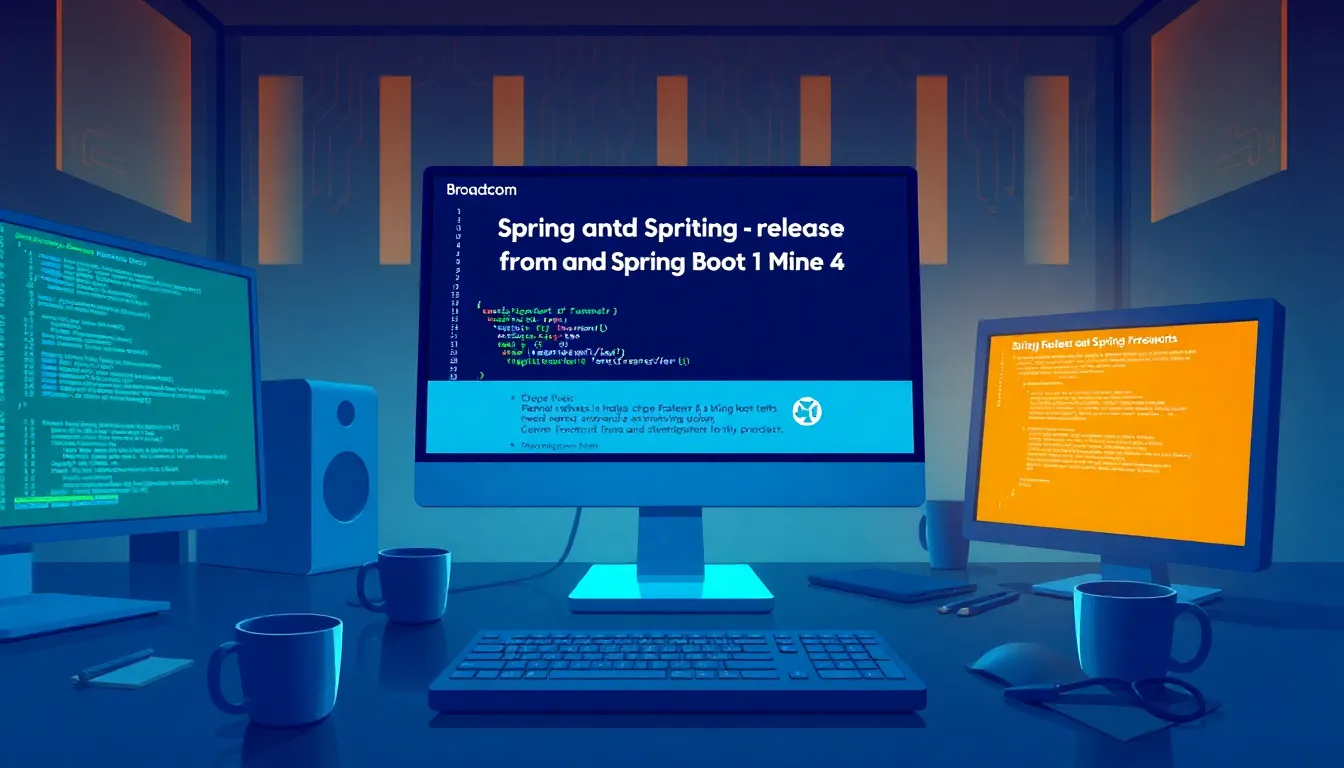Key Highlights
- Spring Framework 7.0 introduces first-class REST API versioning and built-in resilience features
- Spring Boot 4.0 migrates to Jackson 3 for JSON processing and modularizes auto-configuration
- Significant updates to JDK baseline, Jakarta EE, and Kotlin support
The release of Spring Framework 7 and Spring Boot 4 marks a significant milestone in the evolution of these popular Java frameworks. This move reflects broader industry trends towards more efficient, scalable, and maintainable software development. By incorporating features like REST API versioning, built-in resilience, and improved JSON processing, developers can create more robust and reliable applications. The updates to JDK baseline, Jakarta EE, and Kotlin support also demonstrate the commitment to staying current with the latest technologies.
Introduction to Spring Framework 7
Spring Framework 7 introduces several key features that enhance the development experience. One of the most notable additions is first-class REST API versioning, which allows developers to easily manage different versions of their APIs. This feature supports path, header, query parameter, and media type versioning strategies, providing flexibility and convenience. Additionally, Spring Framework 7 includes built-in resilience features like retry and concurrency throttling, enabling developers to build more robust applications.
The new API versioning feature is now available in Spring MVC and Spring WebFlux, and controllers can be configured through ApiVersionStrategy. This strategy allows developers to declare versions directly on mappings, making it easier to manage API versions. The framework also supports deprecation handling compliant with RFC 9745, ensuring a smooth transition between API versions.
Spring Boot 4 Updates
Spring Boot 4 brings several significant updates, including the migration to Jackson 3 for JSON processing. This change introduces a new package relocation from com.fasterxml.jackson to tools.jackson, and the recommended JSON mapper is now JsonMapper. Spring Boot 4 also modularizes auto-configuration, replacing the monolithic spring-boot-autoconfigure and spring-boot-test-autoconfigure JARs with many technology-specific modules. This reduction in application footprint and prevention of IDE auto-complete suggestions for unused classes or configuration properties improve the overall development experience.
Other notable updates in Spring Boot 4 include support for Gradle 9, multi-factor authentication in Spring Security 7, and improvements in Kotlin Serialization. The new spring-boot-kotlin-serialization module and corresponding spring-boot-kotlin-serialization-starter provide a more streamlined experience for Kotlin developers. Furthermore, Spring Boot 4 includes a fluid JmsClient, Share Consumer support for Kafka Queues, and task scheduling/execution auto-configurations that support multiple TaskDecorator beans.
Conclusion and Future Developments
The release of Spring Framework 7 and Spring Boot 4 demonstrates the ongoing commitment to innovation and improvement in the Java ecosystem. As the industry continues to evolve, it is essential for developers to stay up-to-date with the latest technologies and frameworks. The updates to JDK baseline, Jakarta EE, and Kotlin support ensure that Spring Framework and Spring Boot remain relevant and effective tools for building modern applications.
Source: Official Link
